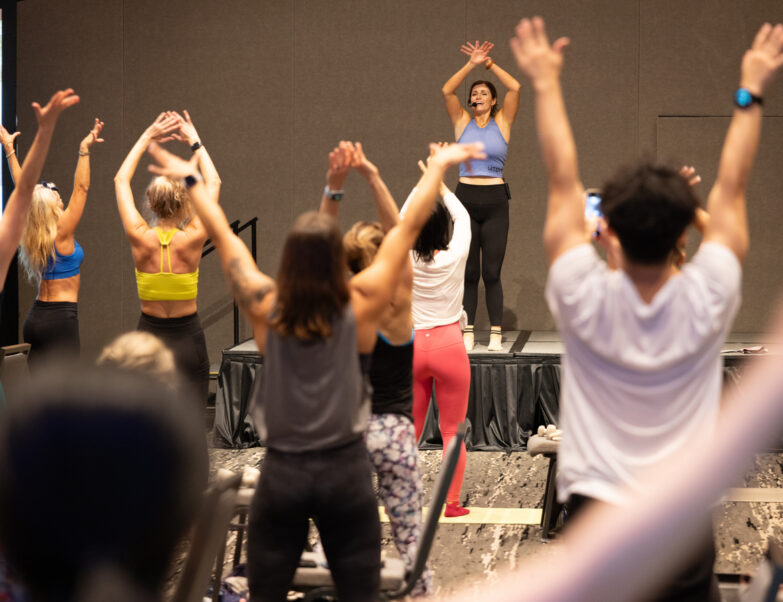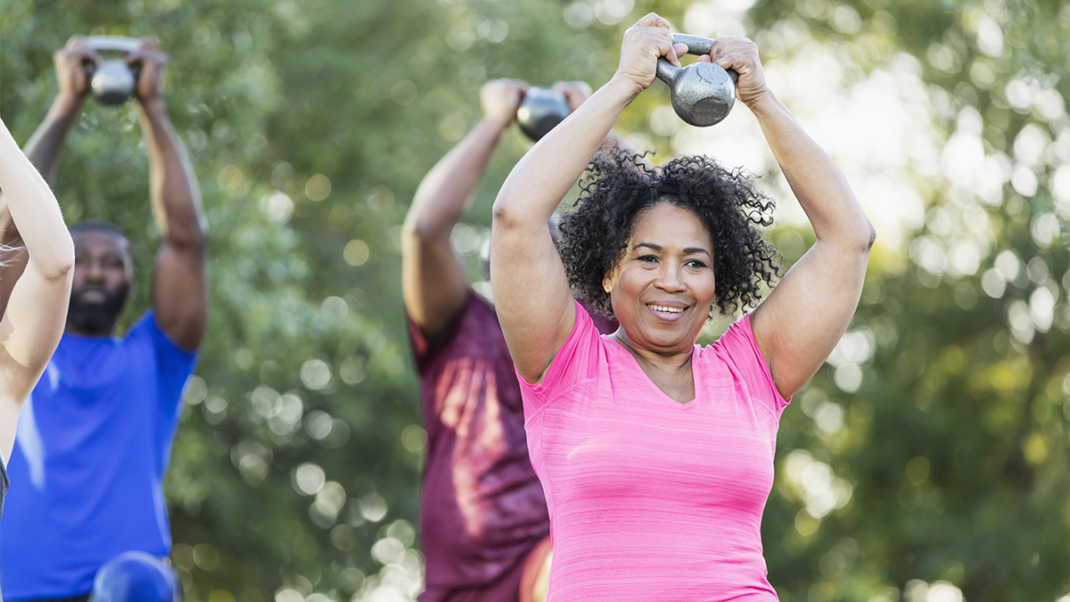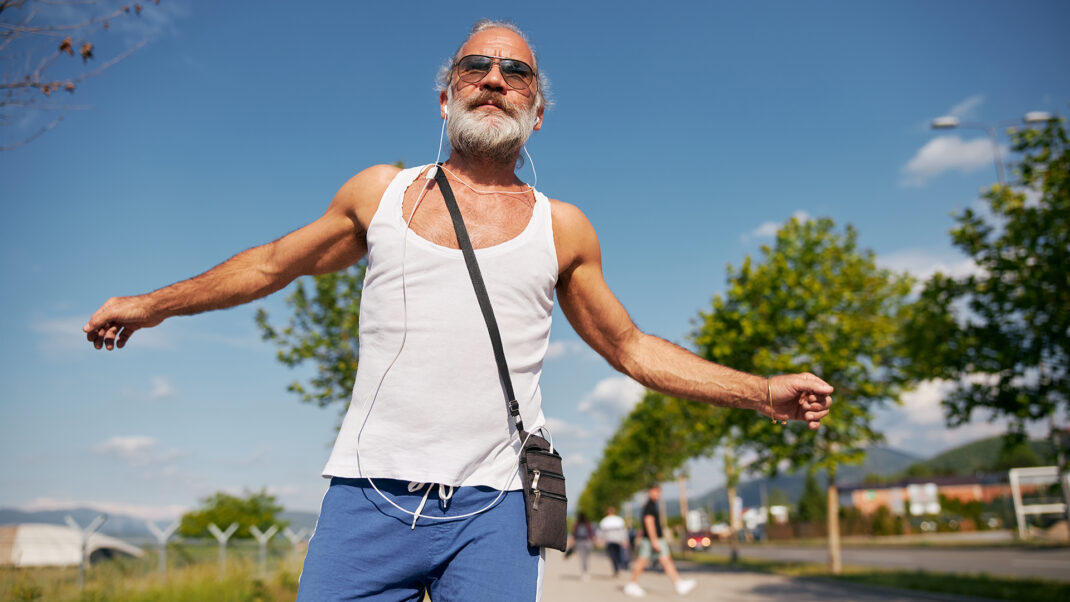Modeling Lifelong Healthy Habits for Kids
Natalie Digate Muth, MD, MPH, RD, ACE Senior Consultant, shares her thoughts about the impact of obesity on kids and families.

Dr. Muth is a pediatrician, registered dietitian and board-certified specialist in sports dietetics (CSSD). Muth also serves as an ACE Senior Fitness Consultant and subject matter expert, regularly contributing to ACE blogs and to the ACE Certified News monthly newsletter. Her first book, Eat Your Vegetables and Other Mistakes Parents Make: Redefining How to Raise Healthy Eaters, was published by Healthy Learning in May 2012.
ACE: As a registered dietitian and pediatrician, what would you say is the biggest challenge we face in overcoming the obesity epidemic?
Natalie Digate Muth: While we spend a lot of time focusing on individual eating behaviors and how to increase physical activity, our environment presents the greatest challenge in overcoming the obesity epidemic. High-calorie, heavily processed junk-food options have unfortunately become part of many people’s daily routines.
When it comes to children, parents need to take it upon themselves to set the stage for kids to develop lifelong healthy habits. We often revert to the “old way” of parenting—making kids eat their vegetables, which causes them to like them less; using food as a reward, making desserts more appealing; and enforcing the “clean plate” rule, causing kids to lose the ability to use hunger and fullness to guide intake. Those strategies may have worked for our parents, but now they do more to contribute to the problem.
ACE: In what ways do you feel corporations, the allied health industries and the fitness industry can partner against the obesity epidemic?
NDM: Corporations and allied health and fitness professionals have to make it easier to be healthy. For corporations, that means adopting policies that incentivize employees to get fit, providing balanced meals at worksite cafeterias, providing only healthy options in vending machines, allowing fitness breaks and supporting efforts to engage in athletic activities. For allied health and fitness professionals, it means serving as consultants to those corporations—ensuring healthy work environments by providing exercise classes or lifestyle coaching and health programs for employees.
ACE: In your day-to-day life, how do you see the impact of obesity in patients, friends or people you pass on the street?
NDM: I recently saw a 9-year-old who is on the edge of developing diabetes and already struggling with hypertension. He’s also experiencing failing grades and bullying at school due to his weight. He and his mom are devastated by the problems he’s facing on a daily basis, not to mention the long-term challenge they have to overcome to get him on track to be a healthy adult. He is not an outlier. I see patients like him every day.
Editor’s Note: Bridging the Gap is a series of interviews conducted by American Council on Exercise (ACE) with professionals throughout the fitness and allied health industries, as well as our partners in the corporate world. ACE hopes this column will start a conversation among those entities about the impact of the obesity epidemic and how we can all work together to eliminate it by 2035.
Editor’s Note: Bridging the Gap is a series of interviews conducted by American Council on Exercise (ACE) with professionals throughout the fitness and allied health industries, as well as our partners in the corporate world. ACE hopes this column will start a conversation among those entities about the impact of the obesity epidemic and how we can all work together to eliminate it by 2035.






